

There are basically four different types or classes of fire extinguishers, each of which extinguishes specific types of fire. Newer fire extinguishers use a picture/labeling system to designate which types of fires they are to be used on. Older fire extinguishers are labeled with colored geometrical shapes with letter designations. Both of these types of labels are shown below with the description of the different classes of extinguishers.
Additionally, Class A and Class B fire extinguishers have a numerical rating which is based on tests conducted by Underwriter's Laboratories that are designed to determine the extinguishing potential for each size and type of extinguisher. Click on any of the topics listed below for additional information that may be helpful to know.
Even though extinguishers come in a number of shapes and sizes, they all operate in a similar manner. If there is a gauge on the fire extinguisher, besure to check the gauge to ensure the fire extingisher is charged and ready to extinguish a fire. Once it is determined the fire extinguisher is ready for use, follow the acronym below to extingish a fire.
Pull - the pin at the top of the extinguisher that keeps the handle from being accidentally pressed.
Aim - the nozzle of the extinguisher towards the base of the fire.
Squeeze - stand approximately eight(8) feet away from the fire and squeeze the handle to discharge the extinguisher. If you release the handle the discharge will stop.
Sweep - the nozzle back and forth at the base of the fire. After the fire appears to be out, watch if carefully since it may re-ignite!
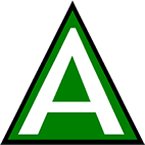
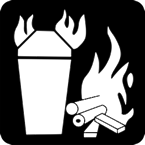
Will put out fires in ordinary combustibles, such as wood and paper. The numerical rating for this class of fire extinguisher refers to the amount of water the fire extinguisher holds and the amount of fire it will extinguish.

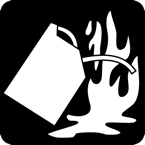
Should be used on fires involving flammable liquids, such as grease, gasoline, oil, etc. The numerical rating for this class of fire extinguisher states the approximate number of square feet of a flammable liquid fire that a non-expert person can expect to extinguish.

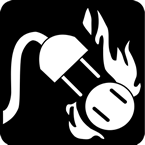
Are suitable for use on electrically energized fires. This class of fire extinguishers does not have a numerical rating. The presence of the letter C indicates that the extinguishing agent is non-conductive.
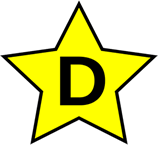

Are designed for use on flammable metals and are often specific for the type of metal in question. These extinguishers generally have no rating nor are they given a multi-purpose rating for use on other types of fires.

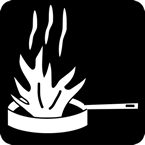
Class K Fires are fires that involve cooking oils, grease or animal fat and can be extinguished using Purple K, the typical agent found in kitchen or galley extinguishers.
Dry Chemical - extinguishers are usually rated for multiple purpose use. They contain an extinguishing agent and use a compressed, non-flammable gas as a propellant.
Halon - extinguishers contain a gas that interrupts the chemical reaction that takes place when fuels burn. These types of extinguishers are often used to protect valuable electrical equipment since them leave no residue to clean up. Halon extinguishers have a limited range, usually 4 to 6 feet. The initial application of Halon should be made at the base of the fire, even after the flames have been extinguished.
Water - extinguishers contain water and compressed gas and should only be used on Class A (ordinary combustibles) fires.
Carbon Dioxide (CO2) - extinguishers are most effective on Class B and C (liquids and electrical) fires. Since the gas disperses quickly, these extinguishers are only effective from 3 to 8 feet. The carbon dioxide is stored as a compressed liquid in the extinguisher; as it expands, it cools the surrounding air. The cooling will often cause ice to form around the ''horn''where the gas is expelled from the extinguisher. Since the fire could re-ignite, continue to apply the agent even after the fire appears to be out.